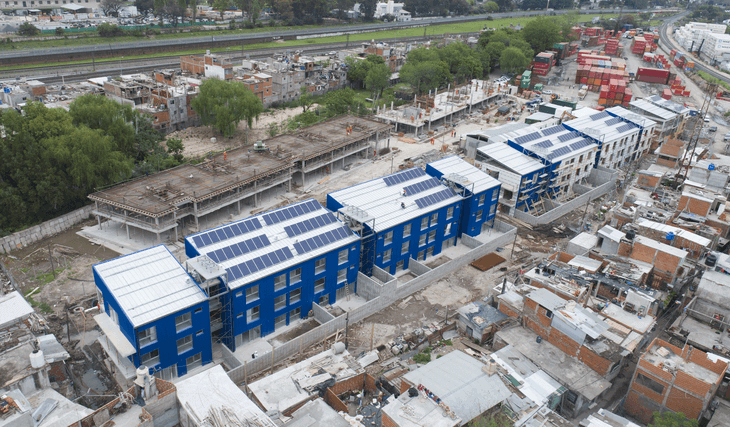Avenida Jardín
Members
Year
External link
Images

Green Challenge
Members
Year
External link
Images








